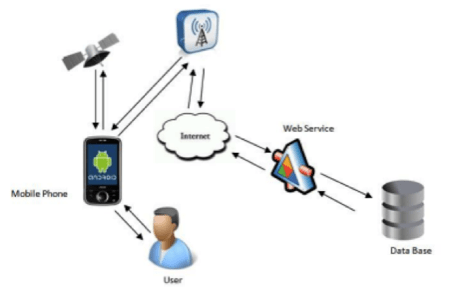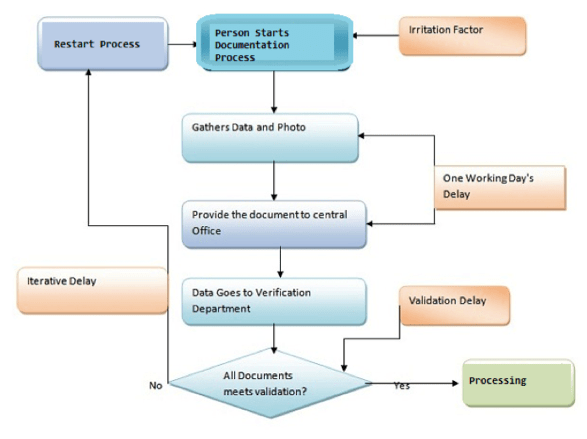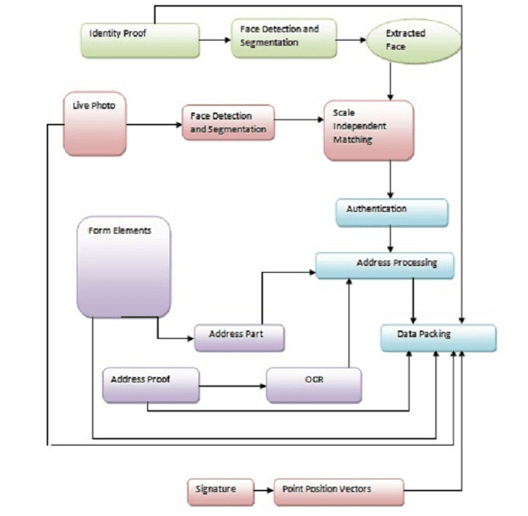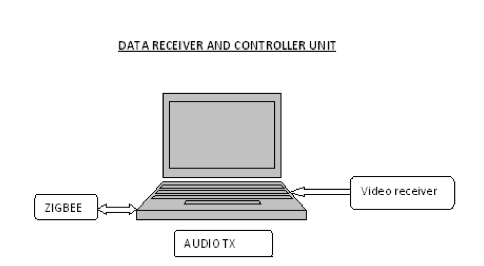Entry By #-Link-Snipped-#
1. Problem Definition:
System, Apparatus Design for Enabling Differential Power Shutdown Based on Appliance /House hold Power Consumption.
2. Problem Description:
Since ages food, cloth, shelter are treated as basic needs for living but in the current day scenario electricity / power can be incorporated as a fourth basic need. One cannot imagine day without electricity and the three essential needs food processing, textile manufacturing, construction works cannot be carried out without electricity. The importance of electricity day-to-day life, its increasing scarcity is a widely discussed topic and does not require any introduction.
In order to balance the supply and demand of electricity, it is a current day practice to completely shut down power to a particular location (which involves power cut for each and every electronic equipment present in multiple houses, industries etc.).
But looking deep in to this problem, high wattage or high power consuming appliances within a house such as Air conditioner, Refrigerator, Television sets, Heaters / Greasers etc. needs to be powered off than mandatorily used low power consuming appliance such as bulbs, laptop chargers, mobile chargers, toaster etc. in case of power shortage. Due to heavy dependence on electric gadgets, one cannot carry out their tasks without electricity and each individual can understand that the reason behind power failure could be a technical problem or a balancing activity to meet the supply-demand needs.
Assume a scenario where electricity demand for a particular region has suddenly increased and in order to meet the demands the substation authority decided to schedule a power cut for certain time period to this region, this will help the substation to reserve the power and use it to meet the increased demands. During the power cut timings, each and every house / gadget within a house is not provided with electricity. But it in order to reserve electricity, enforcement of power cut on high power consuming appliances would be sufficient instead of power cut for entire house which consists of mandatory gadgets such as laptop charger, mobile charger, bulb, fan etc. that makes individuals life frustrating / miserable.
The core reason for the above discussed situation is traditional broad cast based topology used for power distribution which enforces the power cut for an entire region, but does not provide a granular control interface that facilitates grid to apply selective power shutdown on high power consuming appliances within a house than enforcing power cut on entire house.
3. What happens if the problem is left unattended?
There are several problems if this is not solved. Some of them are faced by every individual in his day to day life. They are:
>>Due to complete power cut the region contained houses consists of kids preparing for examination and the timings of power cut got overlapped with their preparation time.
>>The region of power cut may also include software engineers who had to deliver his work in time. But do to power cut his internet stops working due to the power cut in the local internet service provider region.
>>Charging a mobile is now a days an important task. A single phone call may now make many changes in future. But due to power cut we were not able to power up the phone which is in dead condition.
>>Without the presence of power in house any individual(including children) will feel frustrated because the present day humans are well connected technology(which includes fan, television).
>>Some of the small scale firms are closed due to power cut.
>> In the current day scenario there is no alternative left for the houses but to power up their appliances with generator / inverter during power cut timings. This action calls for more money, effort and environment pollution etc.
4. Proposed Technical Solution:
Core idea is a provision of a system (Software Engine) design integrated / embedded with destination points / power sinks (that can be energy meters deployed at house hold, or meters deployed at industries) and comes in to action during energy balancing which helps to provide an interface for grid to selectively power off high power consuming electronic appliances within a house / industry instead of complete power shutdown for entire region / house (i.e. provides a smart interface to selectively power off high power consuming appliances and keeping all mandatory low power consuming gadgets alive during power shutdown which takes place for maintaining balance between supply and demand).
When a situation arises like necessity to provide power for a particular house or to provide power to all low power consuming appliances (and powering off high power consuming appliances) in all houses during power cut off timings. The proposed system (engine integrated with deployed energy meters) is triggered and gets registered using mobile / wireless network with the central grid using unique ID. All these unique ID's from each house are integrated with an interface at the grid which enables the power administrator to applying multiple selective power OFF/ON schemes.
Installation of proposed system flow:
Energy meter + proposed system -> Registers with central grid application using unique ID
Elements of proposed system:
Proposed system -> Mobile / wireless communicator + Soft layer fuse + protocol which helps to identify the state of high power consuming appliances.
Proposed work flow for applying selective power cut on houses within a region:
Central Grid application (containing list of unique ID per house) -> Apply power cut command on all houses ->Proposed engine receives this command via mobile / wireless communicator ->triggers / breaks the fuse -> All houses powered off Select the ID (house) to provide power -> Apply power ON command on this ID -> Proposed engine receives this command via mobile / wireless communicator -> triggers / activates the fuse -> This particular house is powered ON remaining other houses are enforced with power cut.
Proposed work flow for applying selective power cut on appliances within a house:
Central Grid application (containing list of unique ID per house) -> Apply power cut command on high power consuming appliances within all houses (power consumption can be calculated and decided by administrator) -> Proposed engine deployed at all houses receives this command via mobile/wireless communicator -> triggers the protocol to identify the state of high power consuming appliances-> If high power consuming appliance is in utilization mode -> breaks the software fuse (applied per house) -> if low power consuming gadgets are in utilization mode (all together or summation of the power utilization per gadget should be less than the restricted power consumption) -> Power On per house (this power calculation is done per house).
5. Estimated Time and Cost
Cost Estimation:
>>Recycling the present Energy meters and adding above mentioned feature to them can cost up to few crores as this idea is to be implemented throughout the India.
>>Necessary software Development can cost a few crores.
>>Man power for installation would require a few crores. But this can be reduced by using present employees of power management systems.
Time Estimation:
>>The Development of Software Platform can take 1 year approximately.
>> Recycling the present Energy meters and adding above mentioned feature to them can take a year.
>>If this entire project is given to a single organization then the entire process can be implemented within 2 years because this project is not from the scratch it is just a matter of redesigning.
6. Resources Needed
There are several resources needed to implement the given thought. The resources required include:-
>>Energy meters with above mentioned capability.
>>Software GUI module with excellent hardware support.
>>Manpower with technical knowledge for installation.
>>Center grid application with software support.
>>A Protocol which helps to identify the state of high power consuming appliances.








